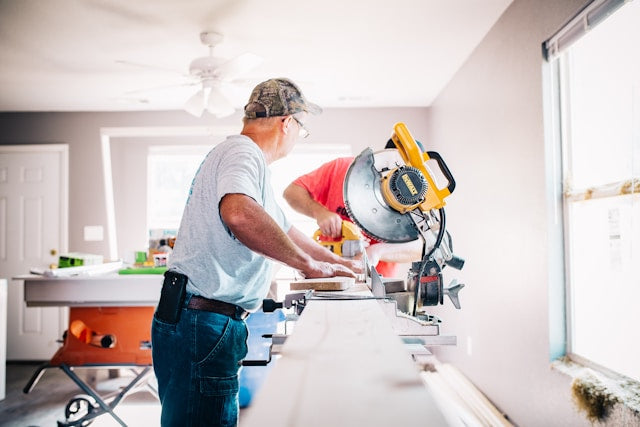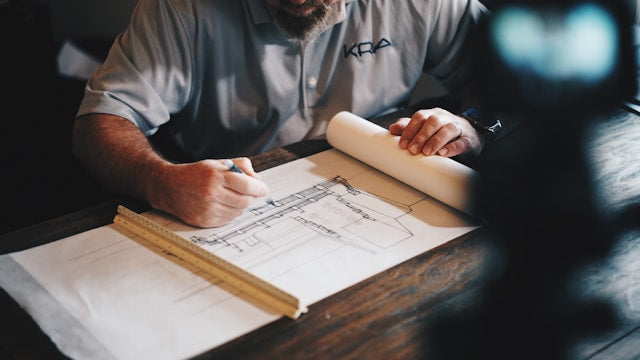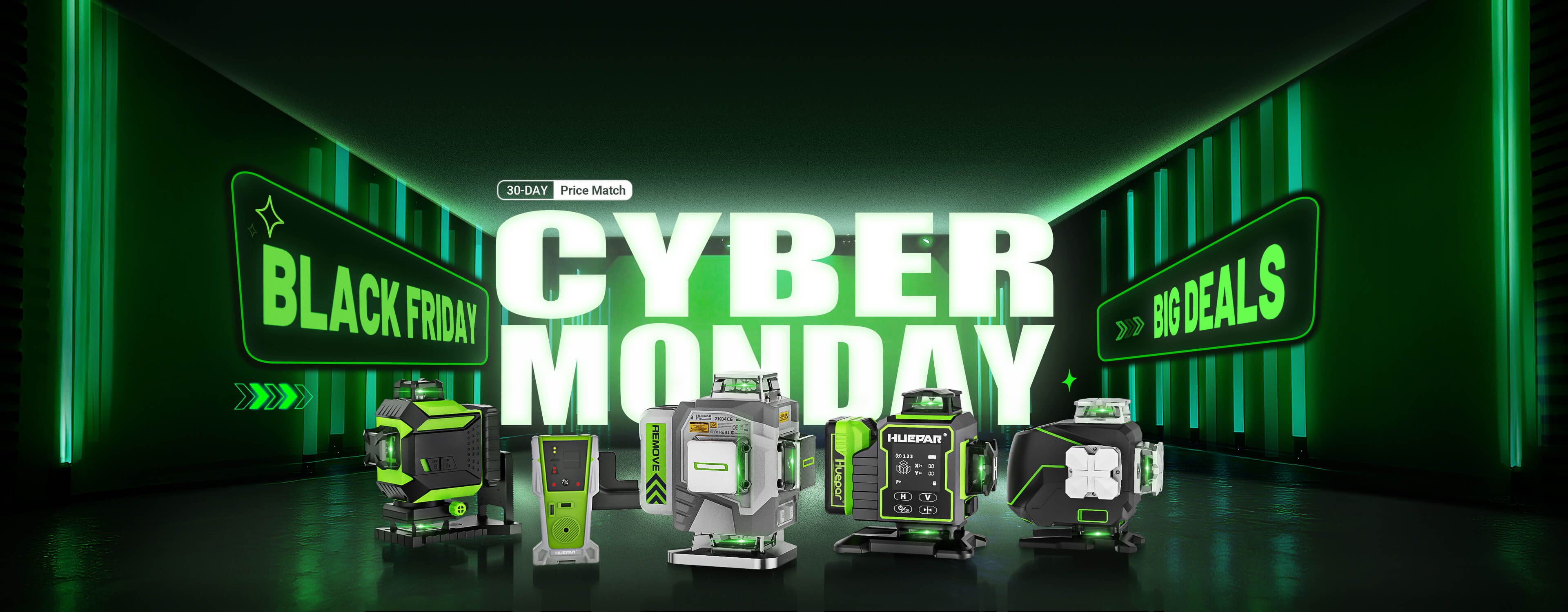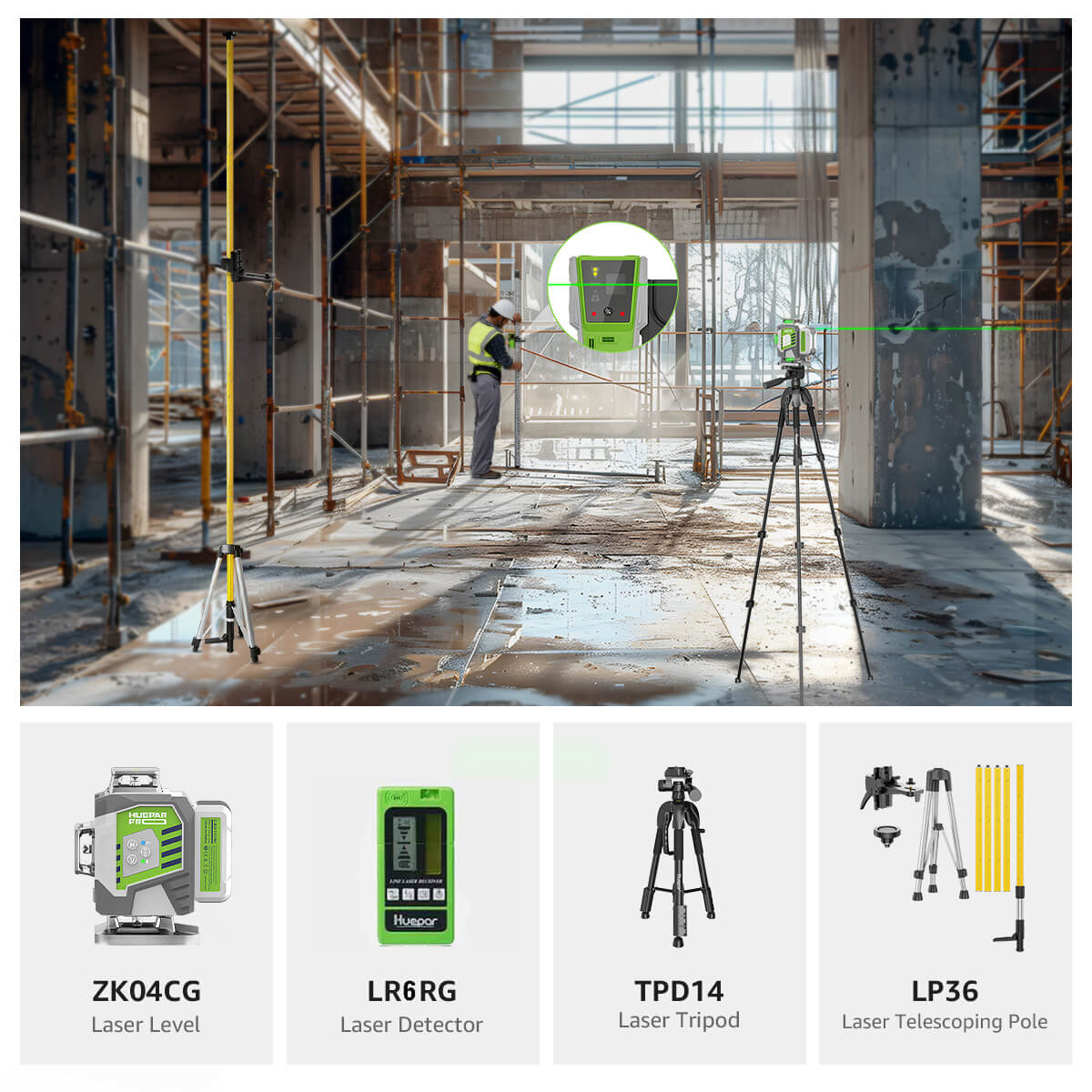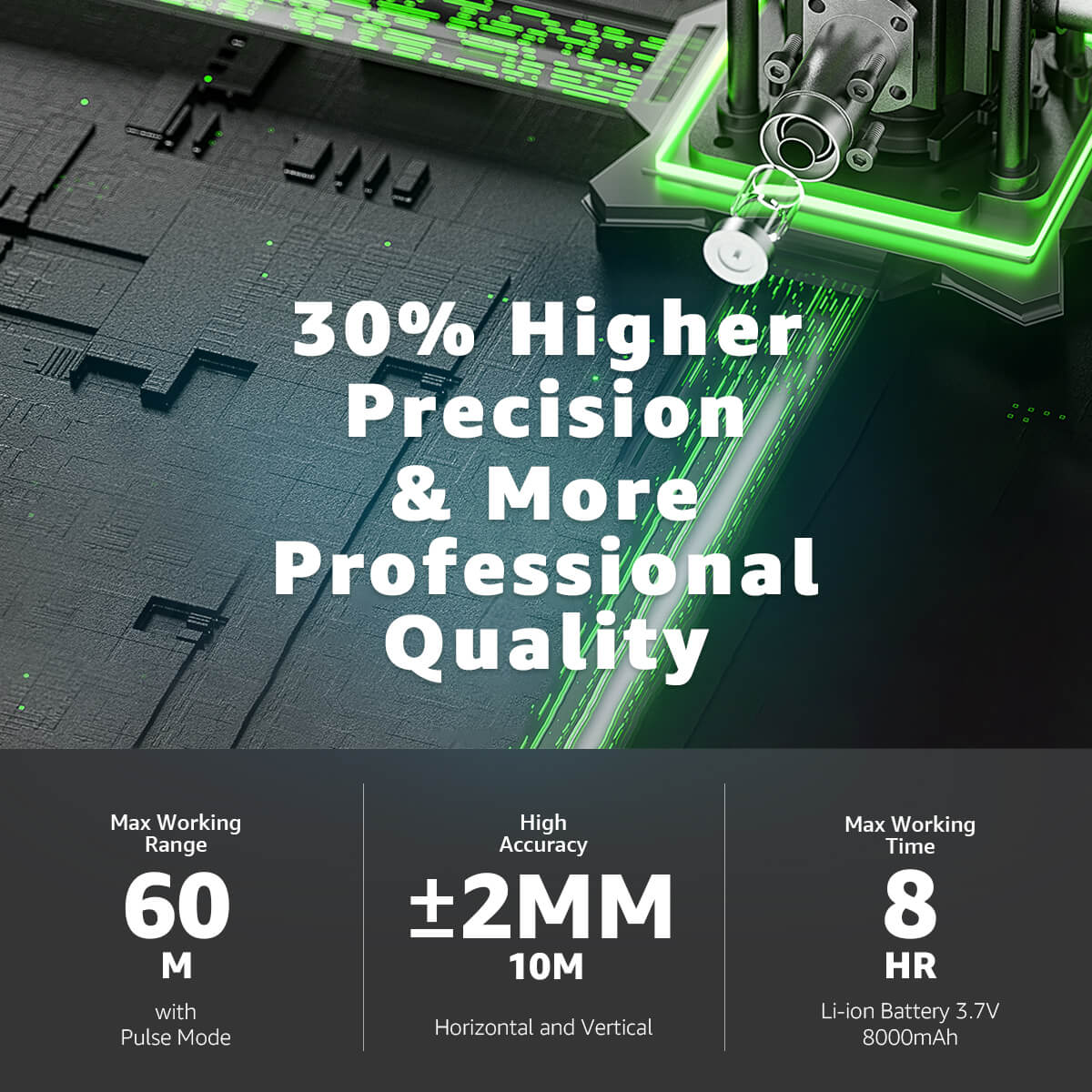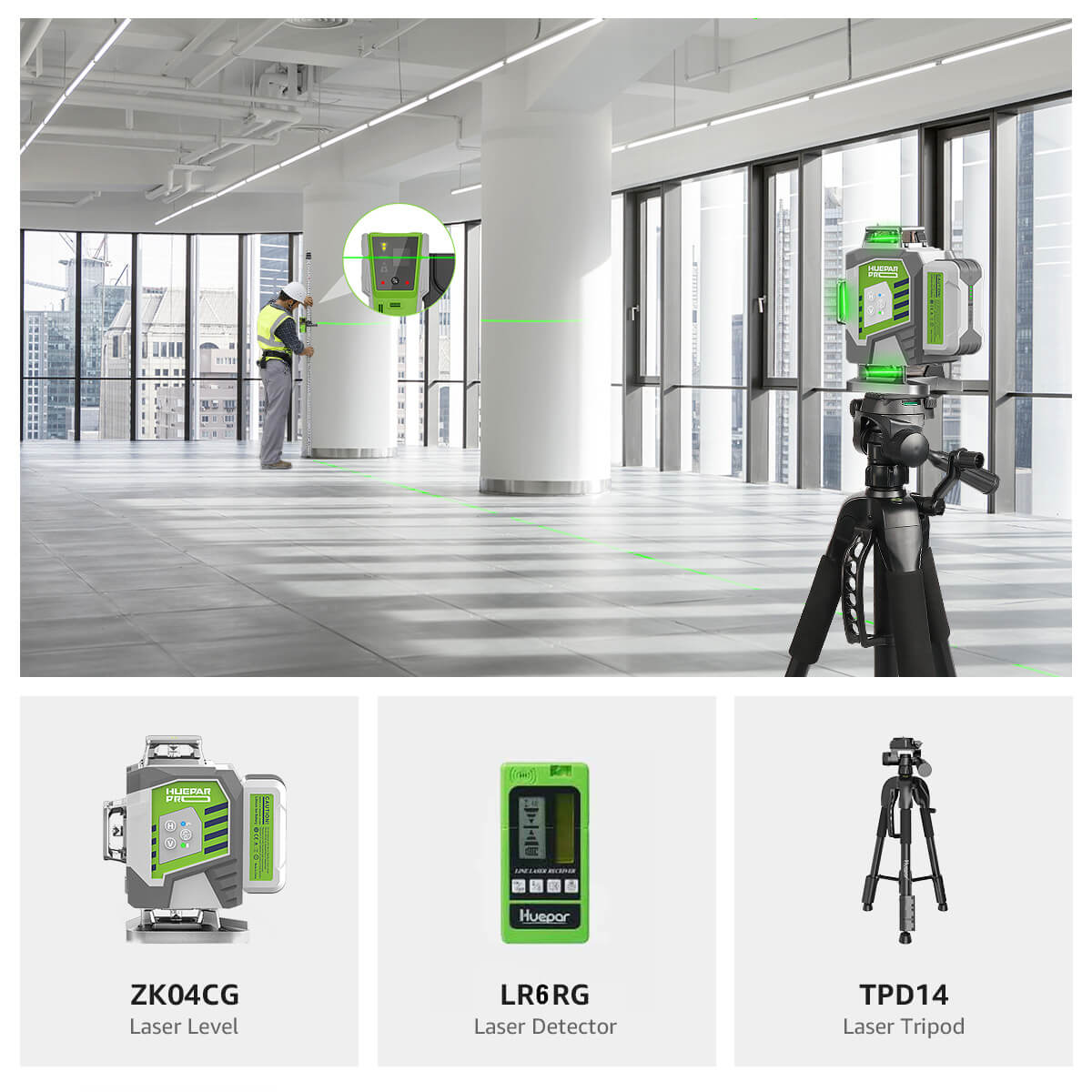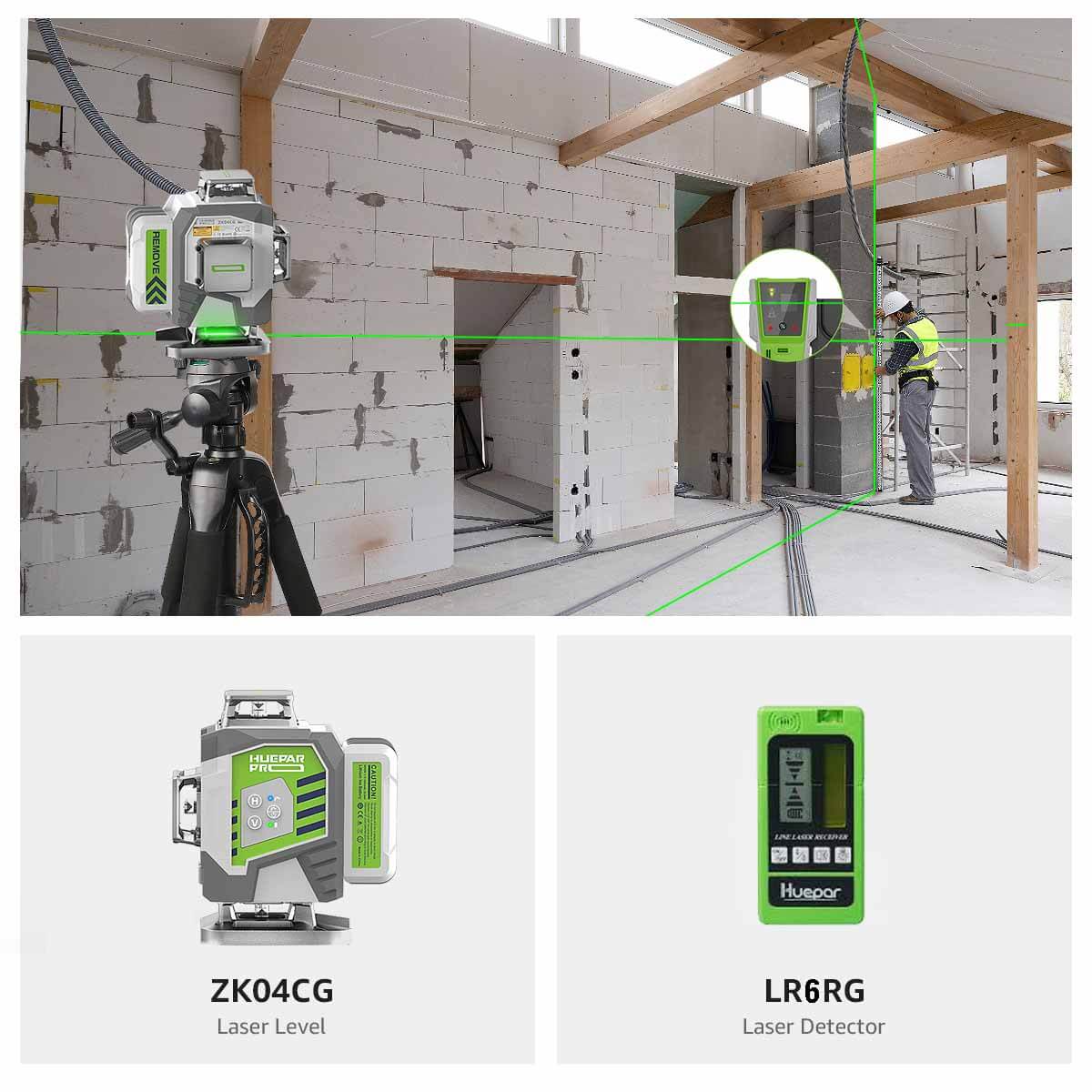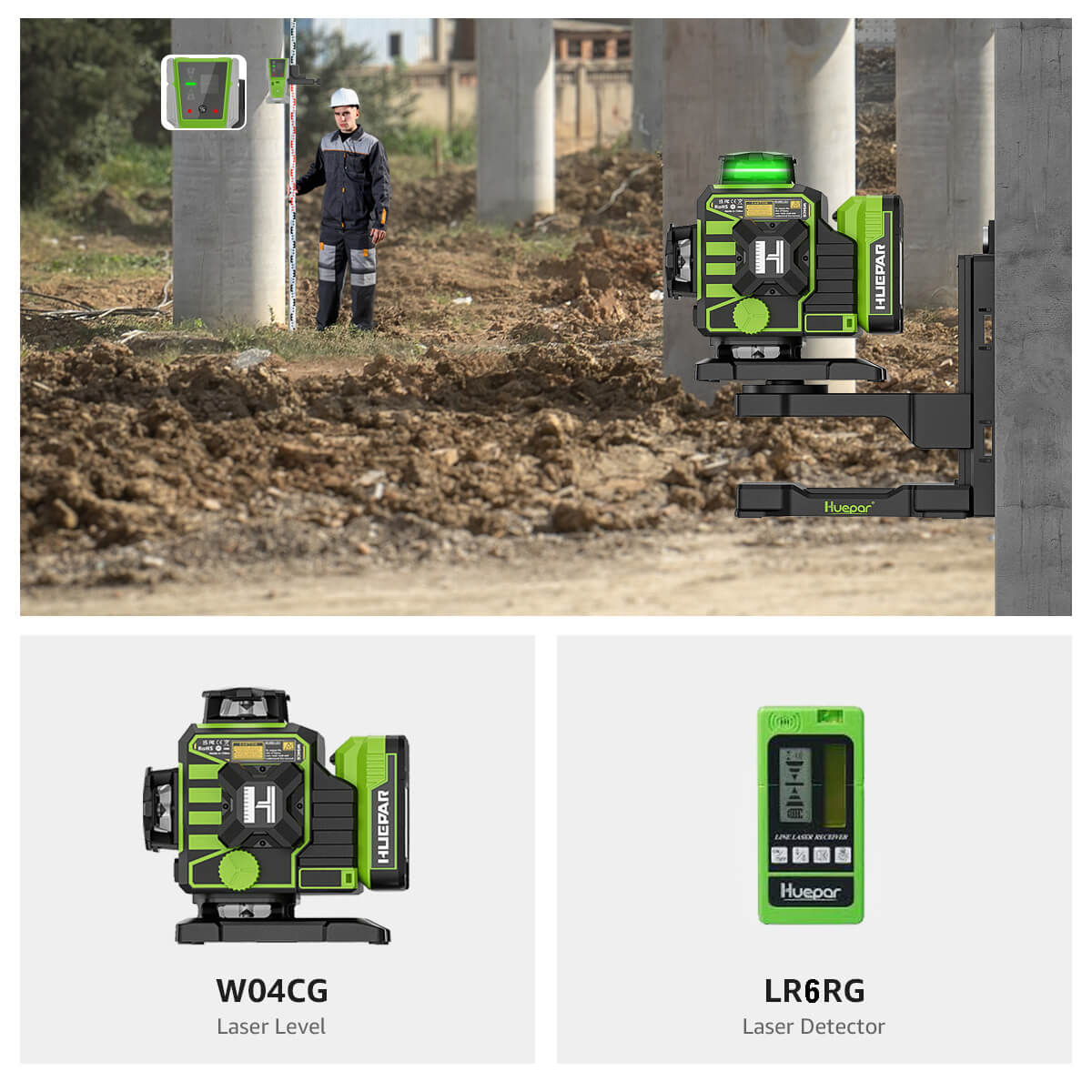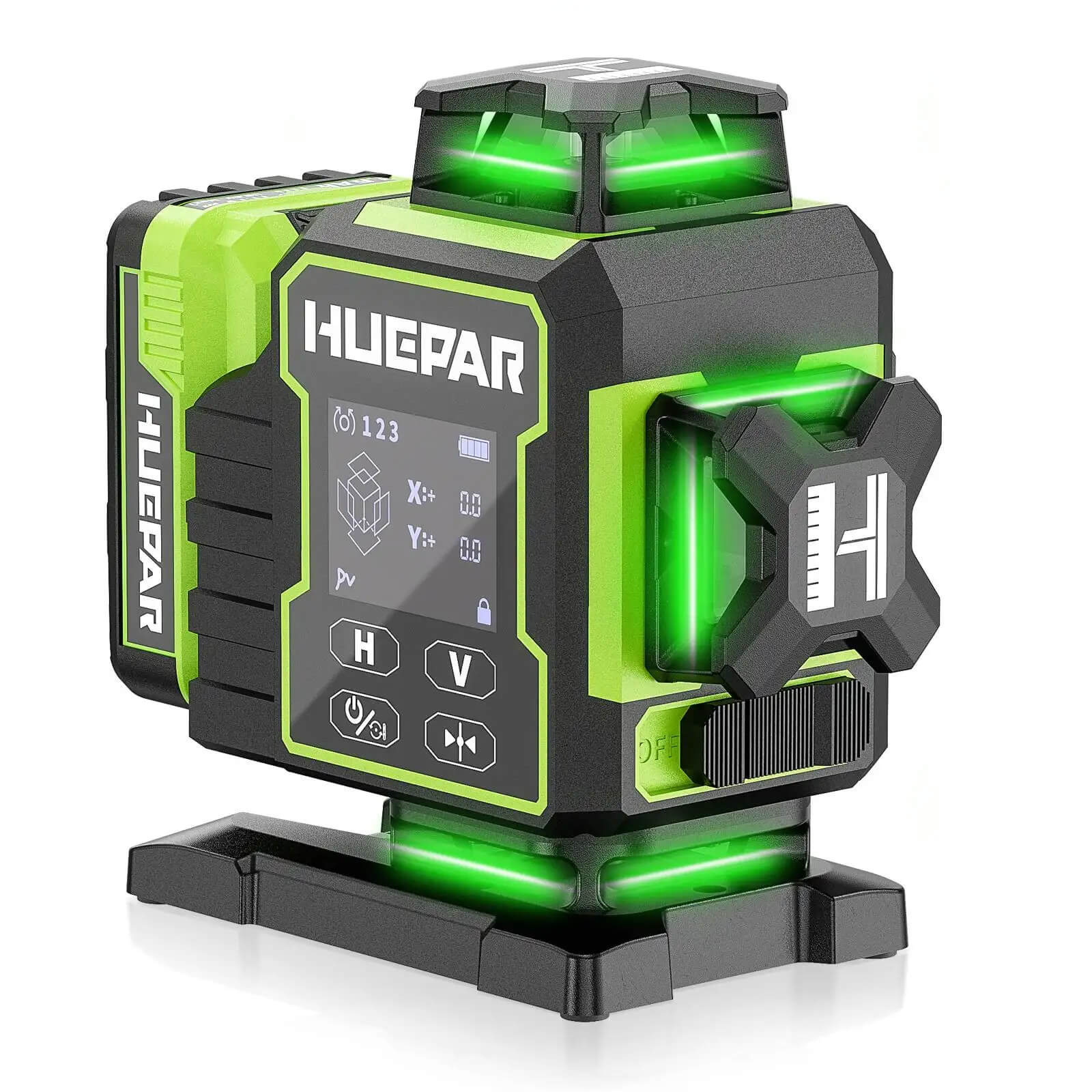
How to Measure with a Laser Tape Measure?
The measurements you take when you’re working in the construction industry are often critical to the success of your project, so it’s important to make sure you’re taking them correctly.
If your tape measure doesn’t have a laser attached, it can be difficult to get precise measurements when the space between two points is very small, or if the distance between two points is long and straight, since you have to measure from one end of your tape measure to the other. Fortunately, there are a few ways you can use your laser tape measure to ensure that all of your measurements are accurate.

What is A Laser Tape Measure?
A laser tape measure is a must-have tool for anyone who is serious about their work. Whether you’re measuring your first DIY project or are working on large-scale construction sites, knowing how to use one of these things will make you look like a pro. Even if it’s only around 20 centimeters, having that extra accuracy will help ensure everything goes smoothly. We take it for granted but when used properly, a tape measure is an essential device that helps us do our jobs more effectively and efficiently.
Features you should look for in your laser tape measure
A laser tape measure is ideal for most home improvement, construction, and manufacturing jobs because it is accurate, fast, and easy to use. Features such as an ISO rating, Certificate of Accuracy, Configurable beep sound, Backlit display, IP54 rating and working temperature range are just some of what you should look for in your laser tape measure. An ISO rating refers to how much accuracy you can expect from your laser tape measure. The higher the number on an ISO scale (which ranges from 1-9), the more accurate your device will be when measuring objects.
A Certificate of Accuracy is another great feature because it ensures that your measurement device has been checked by a third party organization. To make sure you’re buying a high quality product, make sure your laser tape measure includes these features! In addition to accuracy, you also want to find a laser tape measure that won’t break or get damaged easily.
When purchasing your new laser tape measure, look for one that meets an IP54 rating which means it will stand up against splashing water or rain without any damage being done. Many other types of lasers meet different ratings so it’s important to check out all of them before making your final decision.

What's the difference between a rangefinder and a laser tape measure?
Rangefinders are also called laser tapes, and both use technology to measure distances. The difference is that a rangefinder uses sound waves, while a laser tape measures light beams. This means you'll find both types of measurements among tapes that advertise themselves as laser or rangefinder tapes—the distinction only matters when comparing brands or styles.
There are three types of rangefinders: string lasers, RF (radio frequency) lasers and induction lasers. All three have pros and cons; if you’re shopping for one, it's best to think about your preferences first. For example, string lasers come with an additional measuring tape so you can measure simultaneously from two points; RF and induction rangefinders don't require line-of-sight visibility between transceiver and sensor.
What Advantages does a Laser Tape Measure have over a traditional tape measure?
Lasers are more accurate than humans, which means less wasted time and more productivity. If you’re using measurements in your work, all you have to do is press play—your job is done! Lasers tape measure are also working faster than traditional tape measures. You don’t have to awkwardly contort yourself into strange positions just to measure that hard-to-reach spot or odd shape; simply point and shoot!
Time savings can add up quickly: Consider how much time it takes for someone else or even yourself, each day, when measuring pieces of wood or plywood for a project. You might easily spend over an hour on just one project.
Now imagine if you had a laser tape measure—you could cut that time down by half, or maybe even more! The last advantage lasers have over traditional tape measures is their ability to double as a flashlight. This can be especially useful if you’re working at night, since most construction sites aren’t exactly lit up like Times Square. This feature alone makes laser tape measures worth every penny they cost.
Common Mistakes People Make When Using Their Laser Tape Measures
One of the most common mistakes made when using a laser tape measure is failing to set it at zero before beginning your measurement. This can cause inaccuracy and can lead you to believe that you measured incorrectly. If you are measuring from point A to point B, make sure you reset your laser tape measure at point A, then take your measurement starting at A and ending at B.
Otherwise, your reading will be off by how far it has been since you last measured zero or since you took any measurements prior to taking yours. Another common mistake is thinking that because an item is shiny or has texture that it's going to absorb less light.
How do you use a Laser Tape Measure?
First, open your tape measure as wide as you need it to be for an accurate measurement. Hold it firmly in both hands and pull down on it until you hear a click—this is where it will lock into place.
Then, position your measuring tape near what you’re measuring so that you can see how close or far away from that object you need to stand in order to get your desired measurement. If there is no spot nearby where you can align yourself perfectly with what you’re measuring, mark one place on the floor for point A and another for point B. Walk back and forth between those two spots until you find where one measurement matches up perfectly (or almost perfectly) with what's on your tape measure.
Tips For Taking Accurate Measurements With A Laser Tape Measure
Make sure your tape measure is straight and level before you take measurements. If it’s not, then your measurements won’t be very accurate. Most of these types of tape measures come with either an adjustable hook or magnetic marker; make sure you use these two features in conjunction with each other for best results.
Also, don’t forget to remove any protective plastic from your tape measure before using it! These markers can sometimes get in the way and make it difficult to get an accurate measurement. When taking a measurement, make sure that your hook is pressed up against whatever you are measuring--whether that's a wall or furniture piece--and that it is hanging straight down.
If it isn't straight down, your measurement will end up being inaccurate. And if you're measuring something tall like a table or bookshelf, try moving your hand as high as possible on the tape measure so that you're not having to stretch too much to reach what you're trying to measure. This will help keep your measurements more accurate as well.






